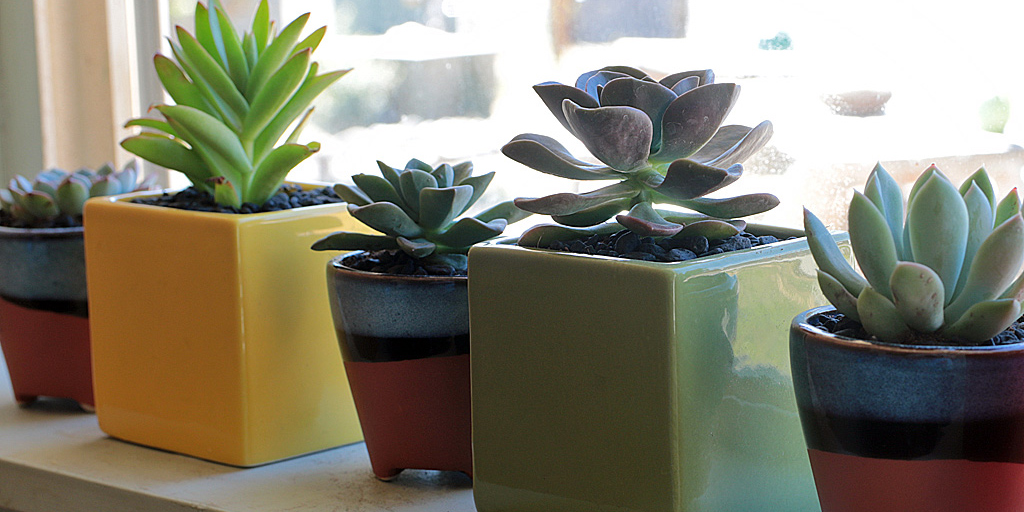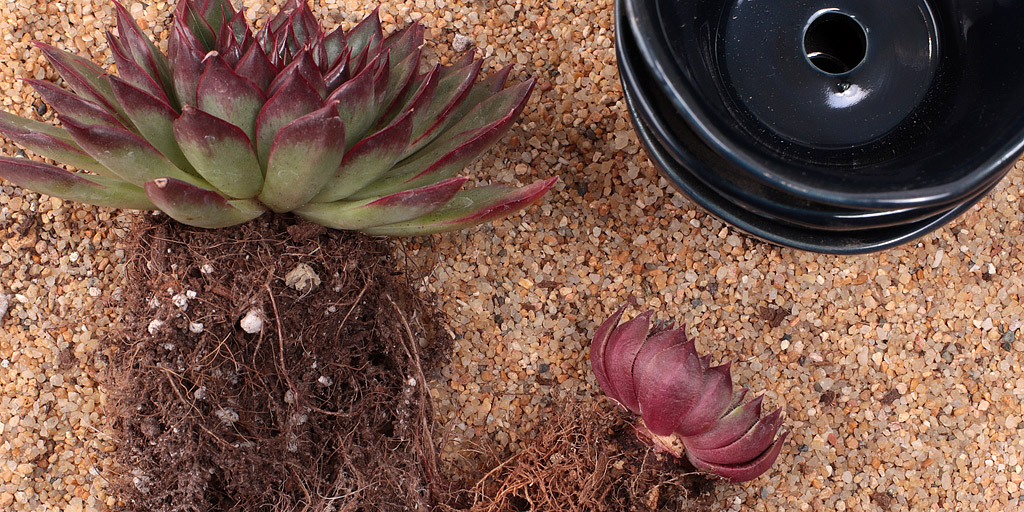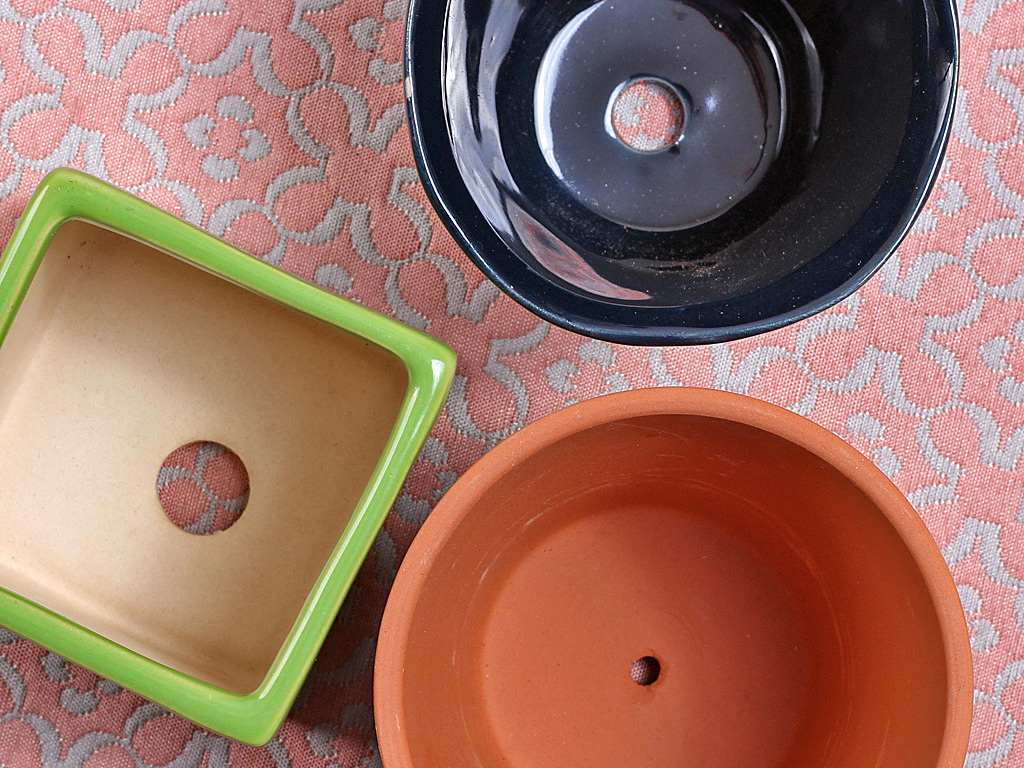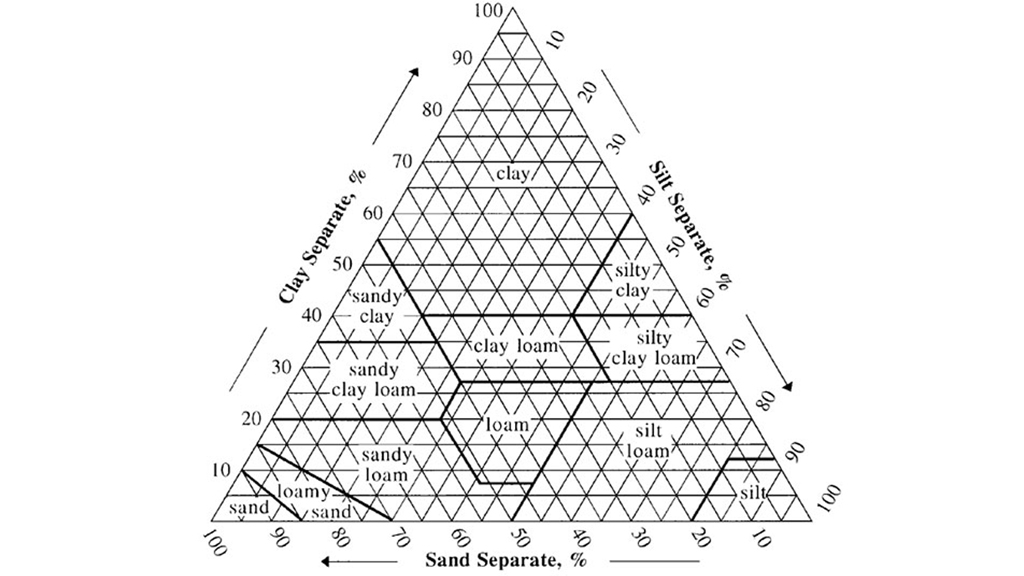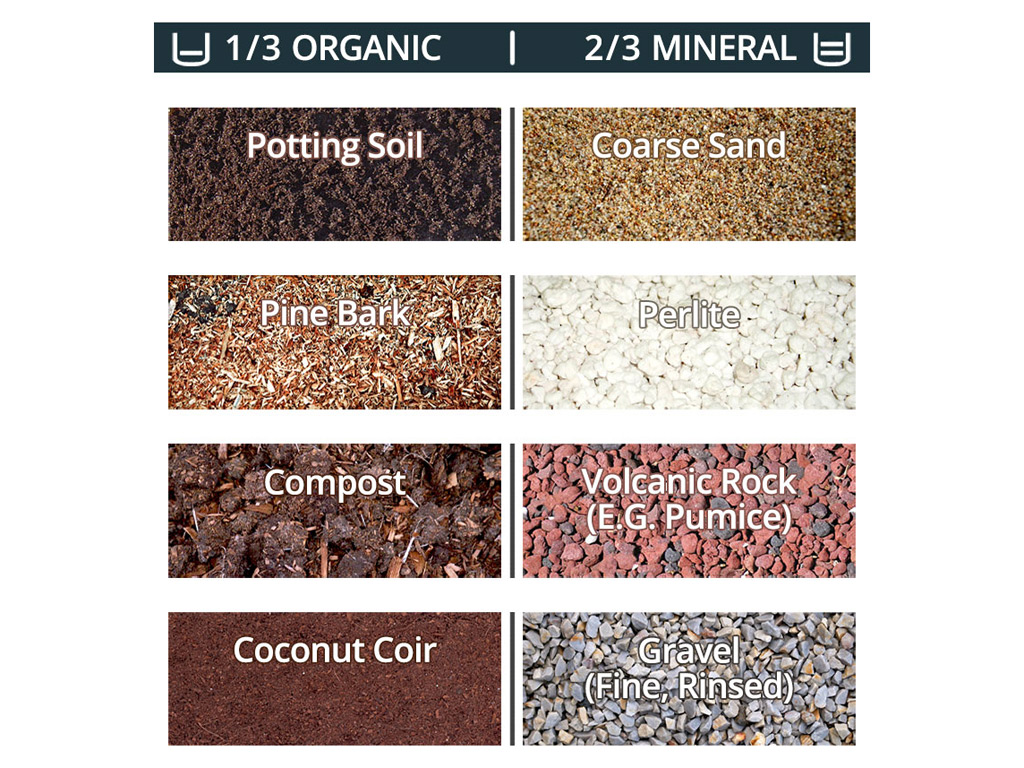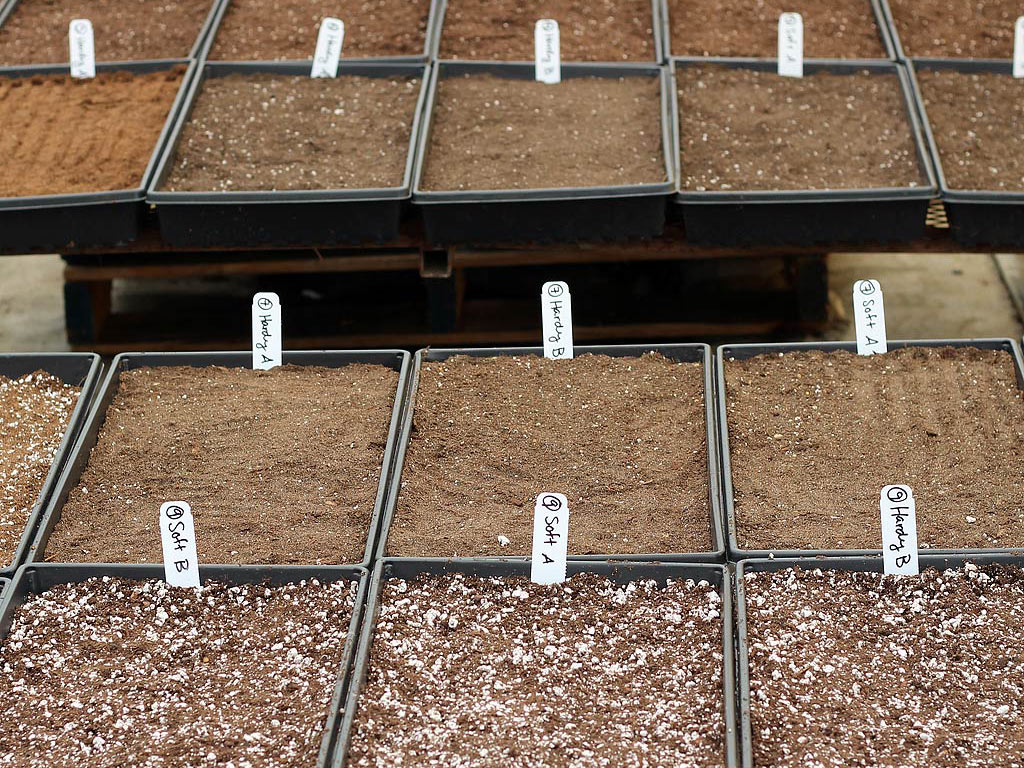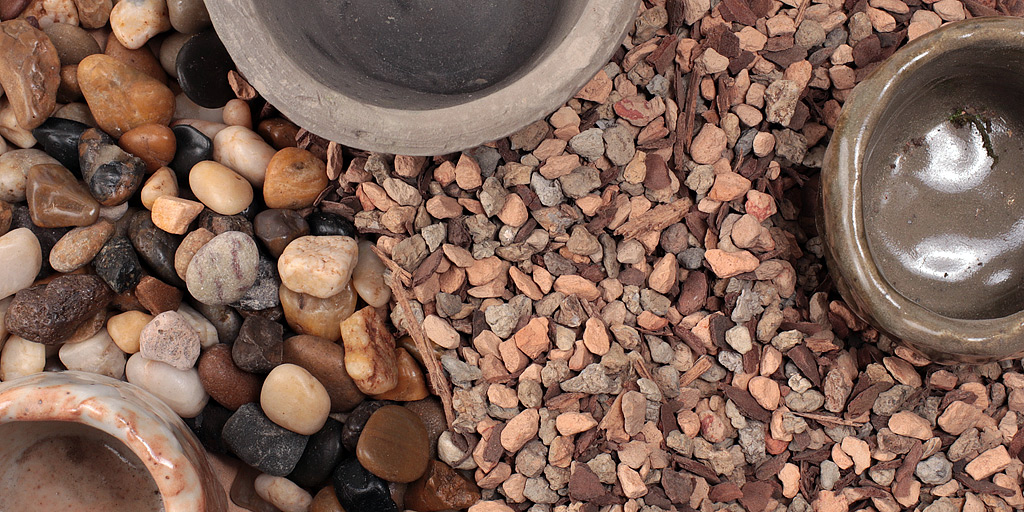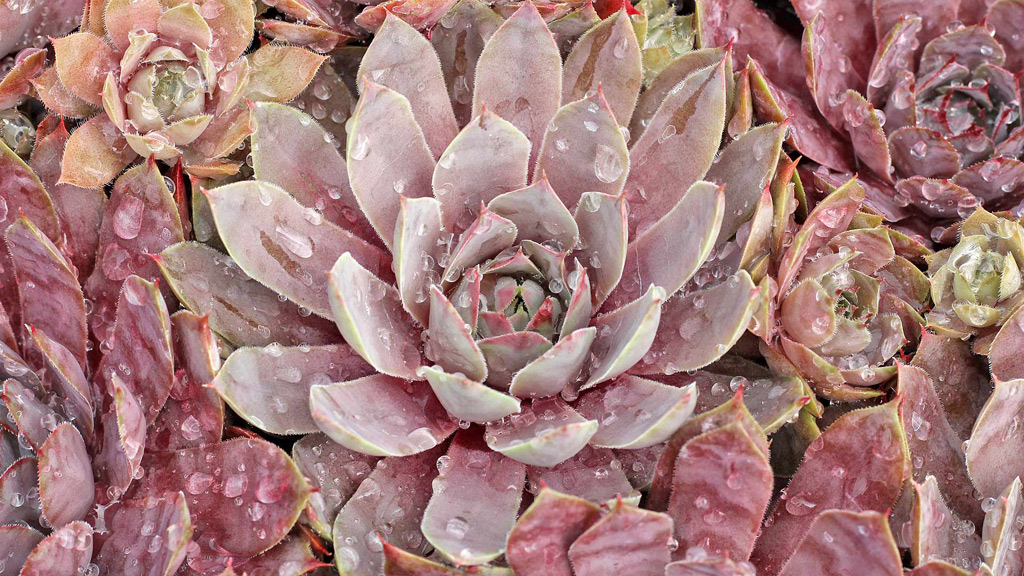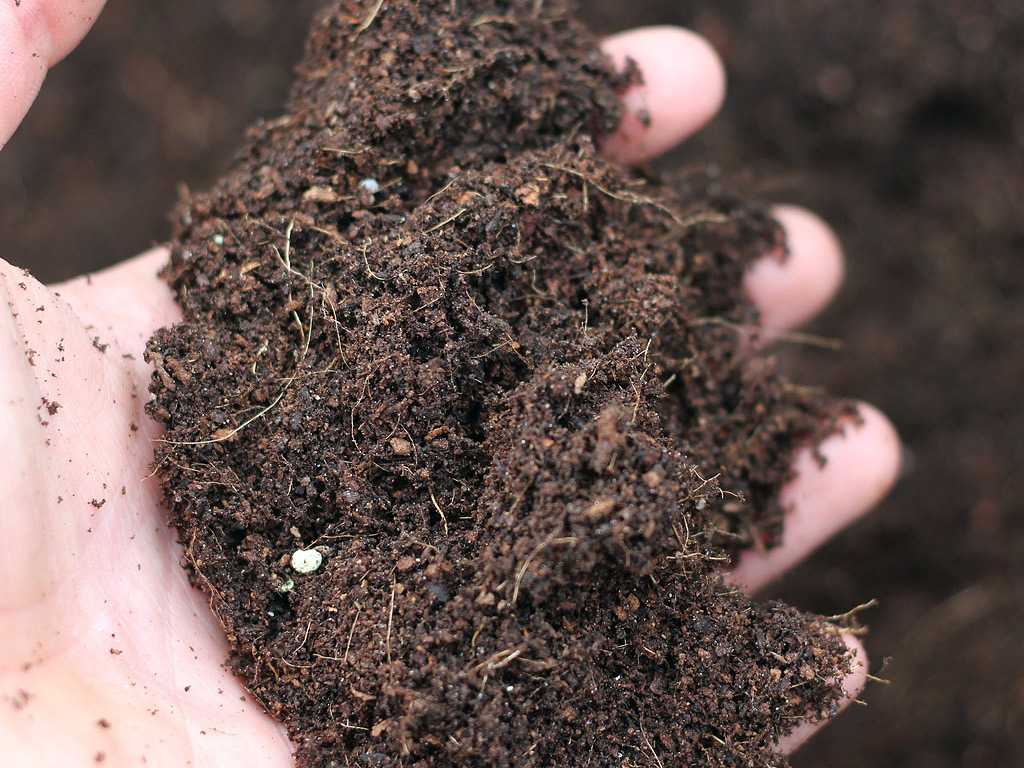Succulent Soil: The Ultimate Guide
Struggled with succulents and don't know what the problem was? The answer could be in the soil.
Succulents need different soil from most plants in order to really thrive. Indoors or out, there are a lot of factors that determine the right soil for healthy, beautiful plants. Use the wrong type of soil and you'll find yourself endlessly troubleshooting care issues.
But fear not! This comprehensive guide explains everything you've ever wondered about succulent soil. It covers the key factors for different growing conditions, reviews top commercial succulent soils, and shares a simple recipe to help you mix your own soil at home.
- What is the perfect succulent soil?
- Key Succulent Soil Factors
- Soil Reviews and Recommendations
- DIY Succulent Soil Recipe
- Outdoor Soil for Succulent Landscaping
- Peat Moss vs. Coconut Coir
- Conclusion
The short answer: a well-draining one. There are a lot of conflicting ideas about soil, but when it comes to succulents, drainage is key. That's because succulents' ability to tolerate drought makes them prone to rot if left in wet soil.
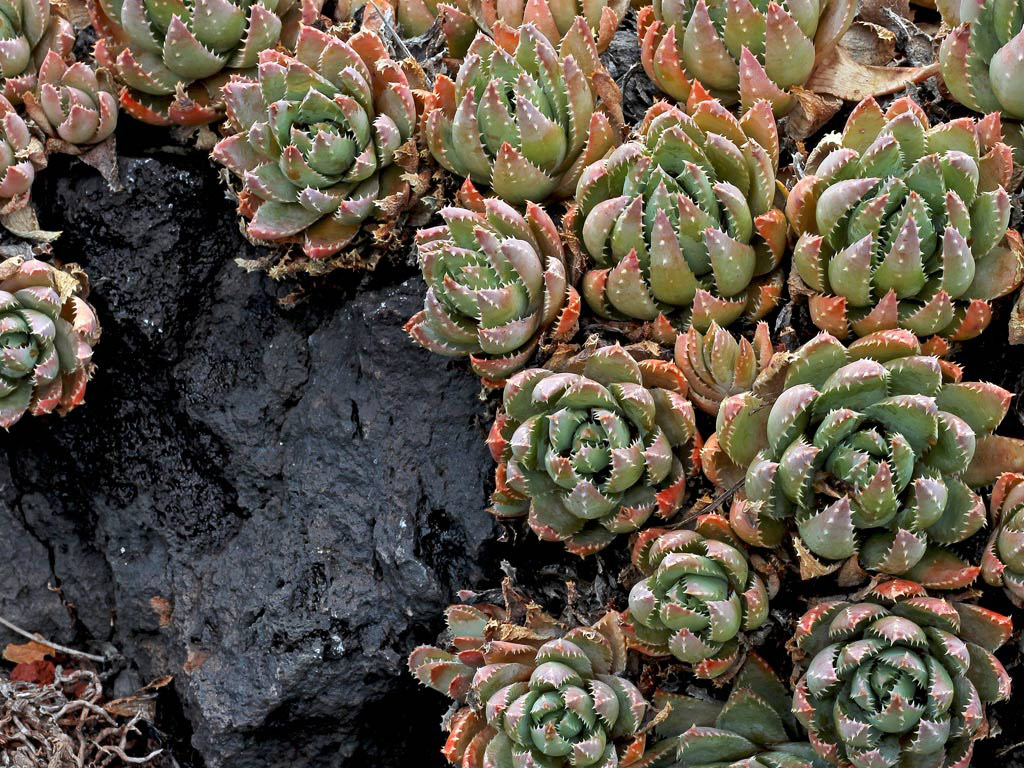 |
| Aloe brevifolia growing from cracks in a boulder |
To cultivate any plant, it helps to mimic the natural environment from which it came. Wild succulents tend to grow in sandy, gravelly soil. Many even thrive in small, rocky crevices or cliffsides. Their native, gritty soils get saturated by heavy rains but dry out rapidly.
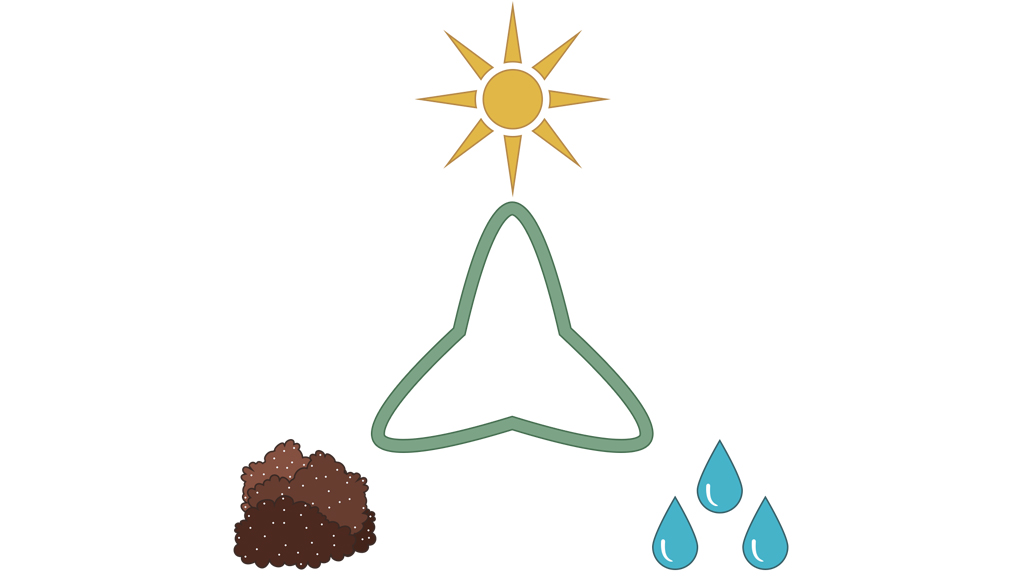 |
| The main drainage factors are soil type, watering frequency, container choice, sun and, airflow |
Many variables influence how long soil stays wet, e.g. quantity of water added, sunlight, airflow, and soil structure. While looking for the right soil, be aware that drying time is a balance of all these factors.
With all these factors at play, what works for one gardener may not work well for another. For instance, indoor growers with less airflow might prefer a grittier soil to prevent pests. Conversely, an outdoor grower in a hot, windy climate could use a less porous soil to avoid having to water too frequently.
For long-term growing, use pots with drainage holes.
You can drill your own holes in non-draining pots, but a layer of rocks at the bottom does not add drainage. In fact, it creates large pockets in which water collects and breeds bacteria. The best succulent soil in the world can't prevent rot in a non-draining container if you aren't careful with watering. You can find more information on this in our Guide to Pots for Succulents.
KEY SUCCULENT SOIL FACTORS
Organic versus Mineral
Soil is made up of organic and mineral components. In this context, organic refers to things that were once alive. Minerals, however, are natural, inorganic substances (not derived from living organisms).
For example, tree bark and other plant debris are organic components, but gravel is mineral. Both types are necessary in soil. The organic materials provide nutrients and store water while mineral constituents improve drainage.
The right ratio of organic to mineral material will support growth and prevent rot. It will also allow you to water your succulents deeply, but infrequently. The mineral content can range from 40%-80% by volume depending on environmental conditions and the varieties being grown.
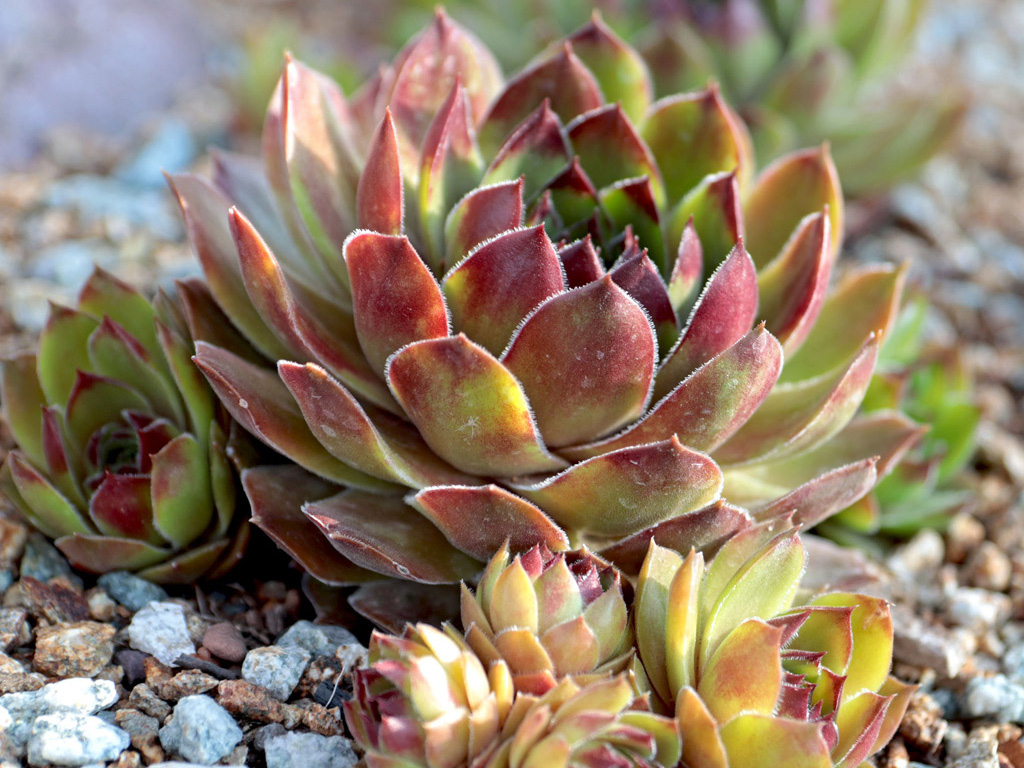 |
| Sempervivum growing in sandy loam with a gravel top dressing |
There are a lot of organic and mineral ingredients to choose from, and you can mix multiple types from each category. For organic matter, we recommend pine bark, coconut coir, compost, or potting soil. Good mineral options include coarse sand, perlite, volcanic rock, fine gravel, and chicken grit. Avoid minerals that store water, like vermiculite and non-calcined clays.
Texture and Porosity
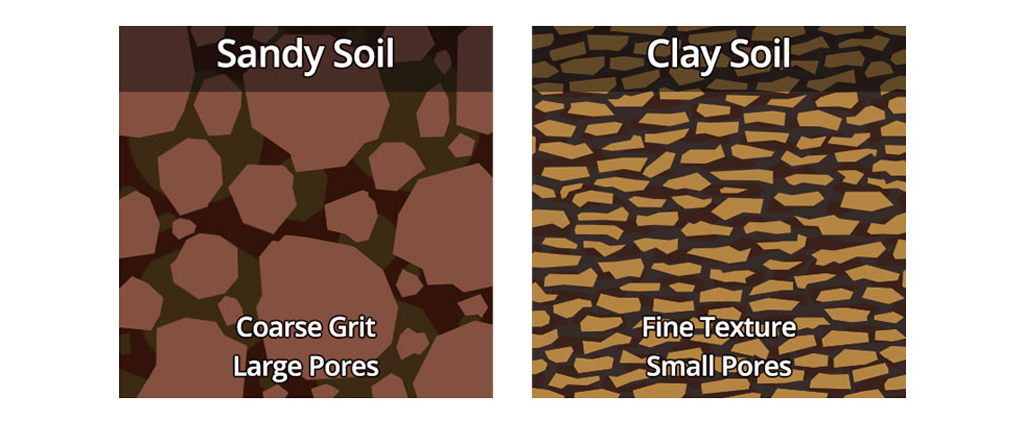 The mineral portion of soil is further categorized into "texture types" based on grit size. The three types, from largest to smallest, are sand, silt, and clay. The proportions of each affects how much water a soil can hold and how long it will take to dry. With their large particles and pores, sandy soils dry out faster than clay soils. This is ideal for succulents.
The mineral portion of soil is further categorized into "texture types" based on grit size. The three types, from largest to smallest, are sand, silt, and clay. The proportions of each affects how much water a soil can hold and how long it will take to dry. With their large particles and pores, sandy soils dry out faster than clay soils. This is ideal for succulents.
There are simple feel tests and jar tests you can do at home to estimate the texture of your soil. When planting outdoors in the ground, aim for a sandy loam that is 50% to 80% coarse sand or fine gravel. For potted plants, select coarse grit minerals about 1/8" to 1/4" in diameter. This will ensure rapid drainage and keep your succulents from rotting in soggy soil.
SOIL REVIEWS AND RECOMMENDATIONS
Here you'll find a side by side comparison of some commercial succulent soils. We tested each for field capacity (i.e. how much water they hold when saturated) and drying time. All were in plastic pots with drainage holes under the same indoor light conditions with moderate airflow. There's no one right soil for every grower and each of these options can be amended to fit your needs.
|
Potting Soil
Drainage Grade: B Price: $4.89 - $5.47 per 8 qt. Sources: Any garden center |
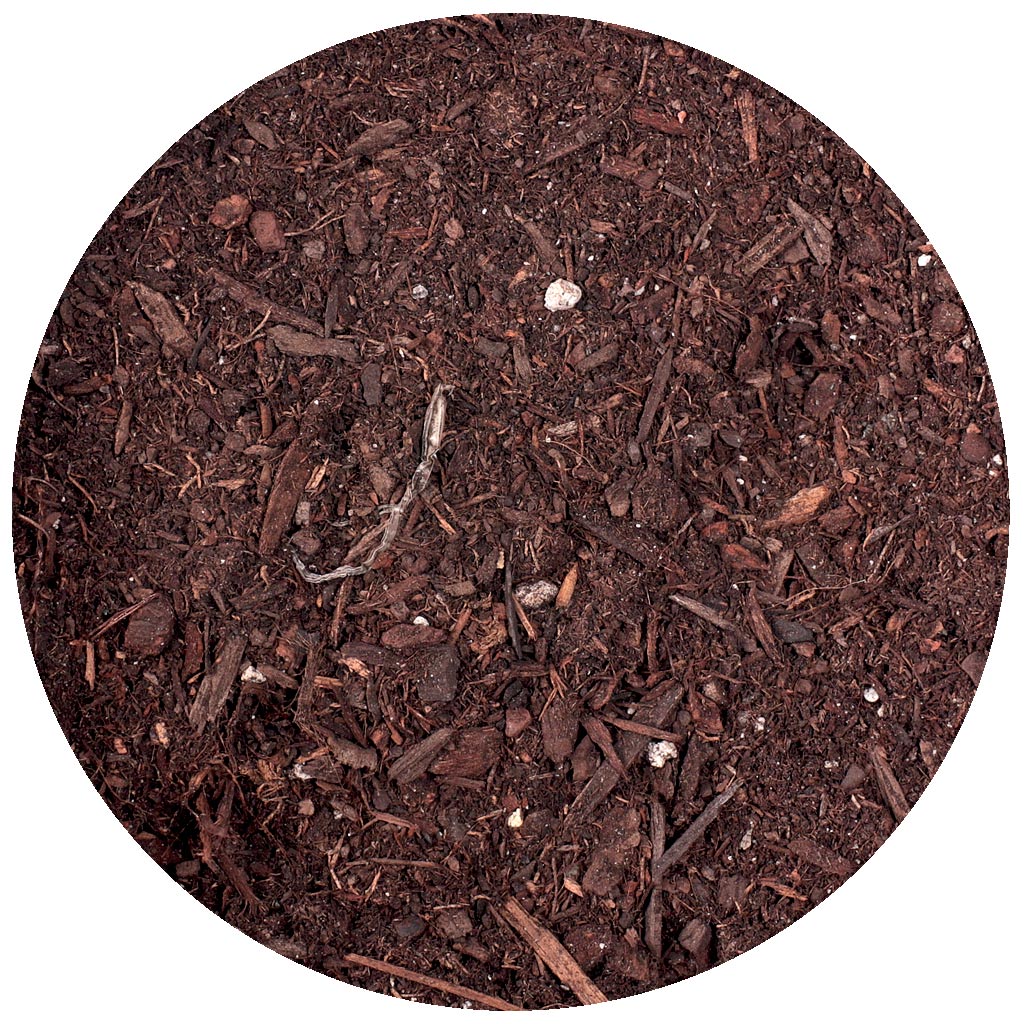 |
Regular potting soil isn't the best choice for easy succulent cultivation, but with a couple of precautions you can make it work. Potting soil is mostly organic materials like bark, peat moss, and compost. It has a dense structure and it takes a while for it to dry. But if regular potting soil is all that's available, here's how to make it work for succulents.
First, pick the lightest mixture you can find and avoid any with vermiculite or moisture retaining crystals. Also, be sure to use a container with a drainage hole…or three. And lastly, water less frequently so the mix has time to dry.
And if you really want to turn standard potting soil into a rapidly-draining succulent soil, mix a 1:1 or even 1:2 ratio of potting soil to mineral grit.
|
Black Gold®
Cactus Mix
Drainage Grade: C Price: $5.99 per 8 qt. Source: Ace Hardware, Walmart |
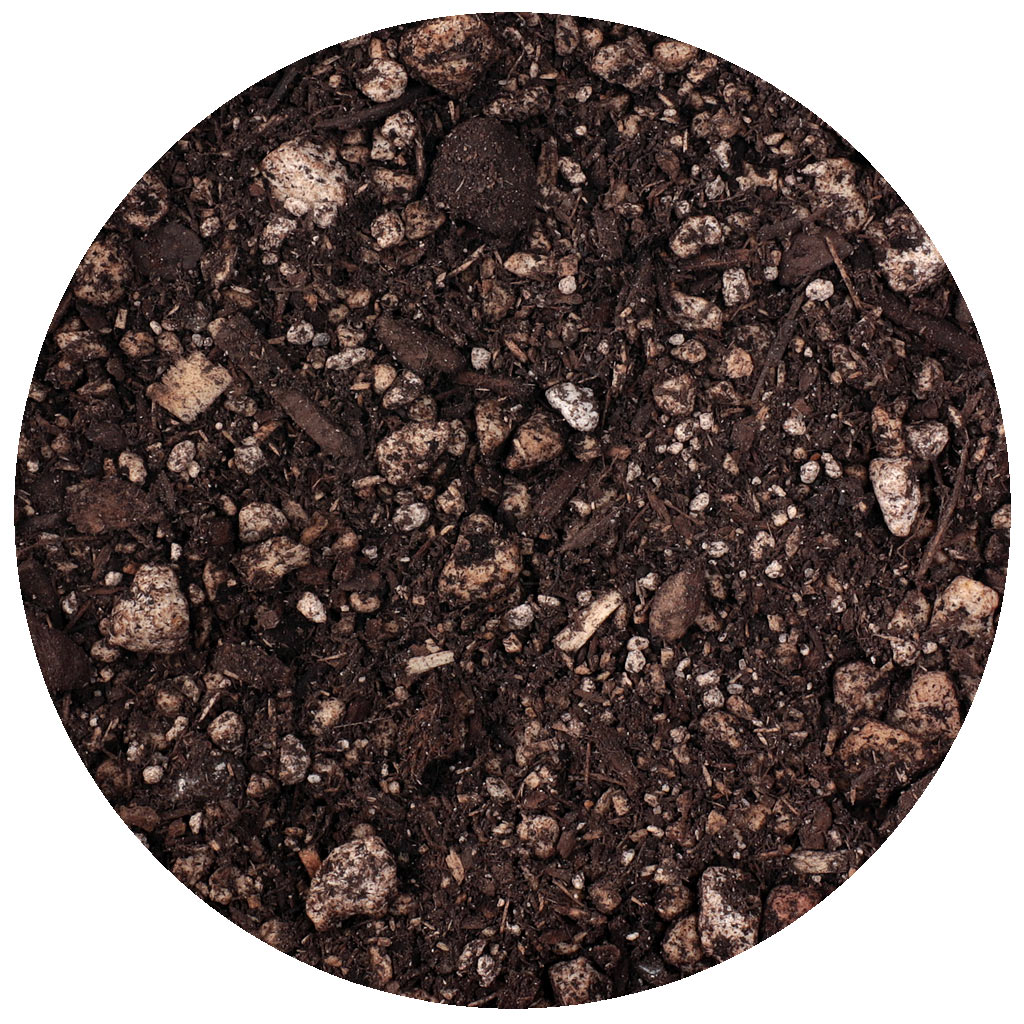 |
With a name like "Cactus Mix", I expected better drainage from this soil. While it drained excess water well initially, it took the most time to dry of all the samples tested. It has some pumice for drainage, but mostly it's comprised of forest products, compost, and worm casings. Even amending the mixture to be 50% perlite only decreased the drying time by one day.
That said, Black Gold Cactus Mix is not a bad soil. It could be the right soil for pots in hot climates, for thinner leaved succulents like hardy Sedum, or for growers who rarely remember to water. Those looking for truly rapid drainage, however, might want to look elsewhere.
|
Miracle-Gro®
Cactus Palm, & Citrus
Drainage Grade: B Price: $4.58 - $4.78 per 8 qt. Sources: Lowe's, Home Depot, Target |
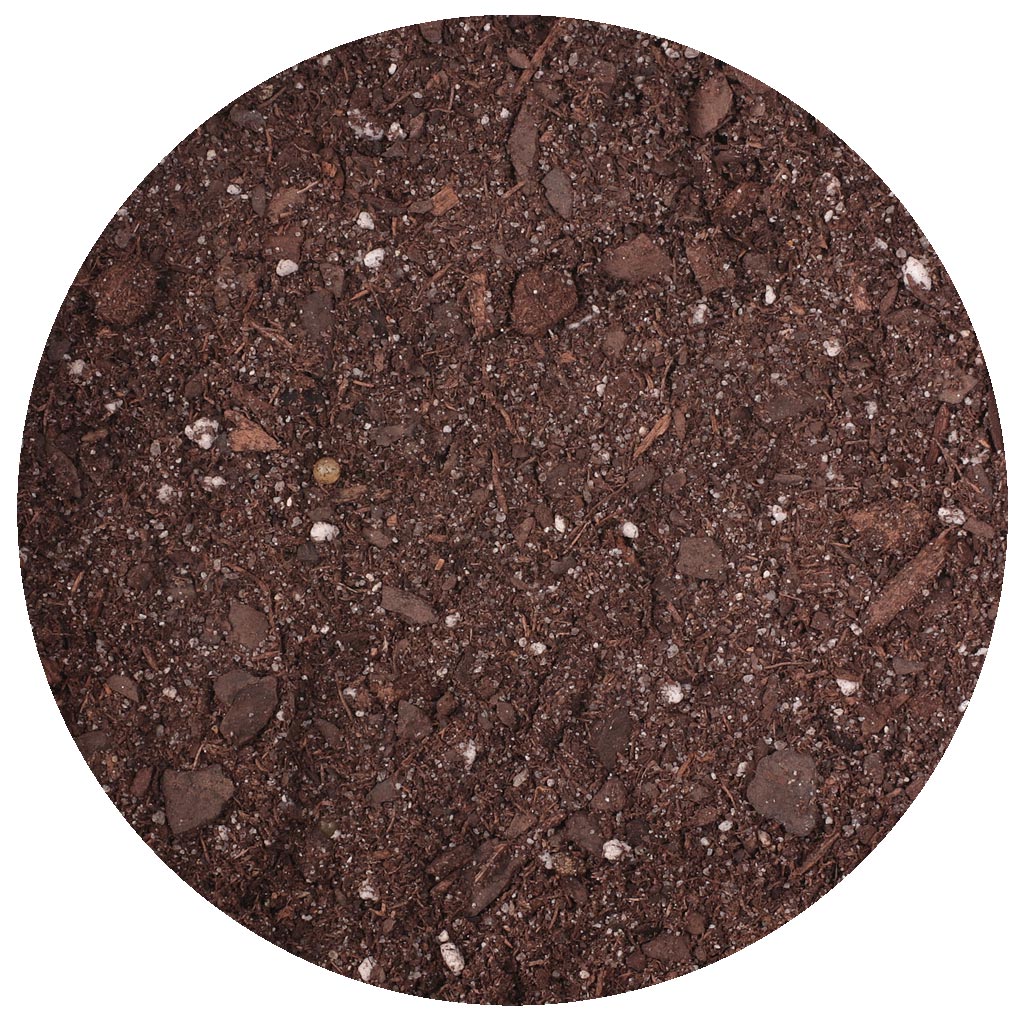 |
This mix has an organic base of forest products and peat moss with both sand and perlite added. It drains well and has a bit of added Nitrogen, Potassium, and Phosphorous—enough to encourage growth, but not enough to burn vulnerable plants. The peat does make it somewhat difficult to rehydrate after the soil has completely dried (more on that below).
This is a nice, standard mix for growers who know how to gauge when a container of succulents needs water. Those who tend to over-water or are trying to grow extra low-water plants like cacti should amend it. You can turn this into a grade A soil by mixing it with an equal volume of mineral materials.
|
Bonsai Jack
Succulent & Cactus Soil
Drainage Grade: A+ Price: $29.49 per 8 qt. Sources: Bonsai Jack, Amazon |
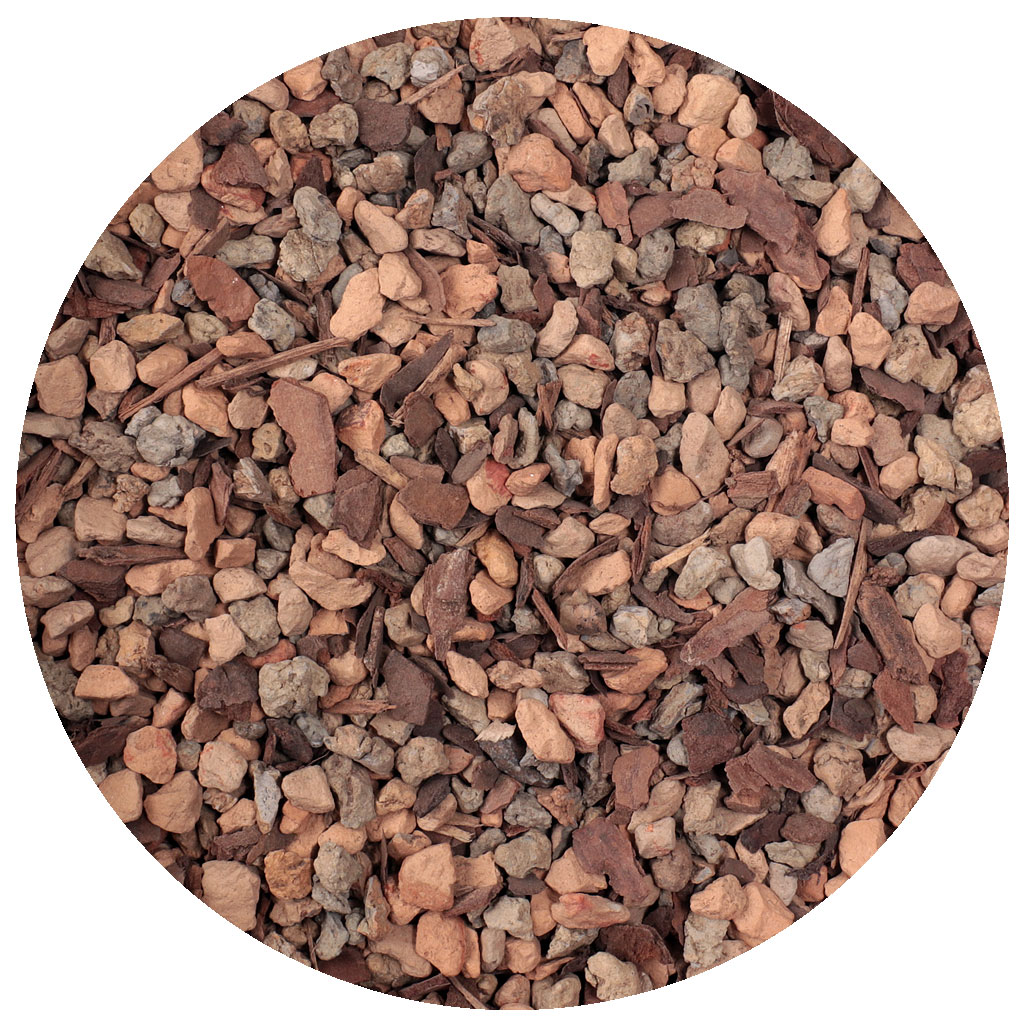 |
This soil is in a whole different league in terms of price and performance. It is only available online and the price includes the cost of shipping. It has a radically different makeup than the other products analyzed, namely calcined clay and fine particles of pine bark. This super light, gritty mix has giant pores that keep it from ever retaining too much water. When used in a pot with drainage holes, it is nearly impossible to over-water your plants.
For succulent newcomers, cactus growers, or loving plant parents who sometimes water too often, Bonsai Jack soil is worth the price. I tried this mix one winter when low airflow in my apartment turned my succulents into breeding grounds for fungus gnats. Now I use it year-round. Water the entire top surface of the soil to ensure maximum absorption. Some lovers of xerophytes don't appreciate having to water more frequently, but for many indoor growers, it's the crème de la crème.
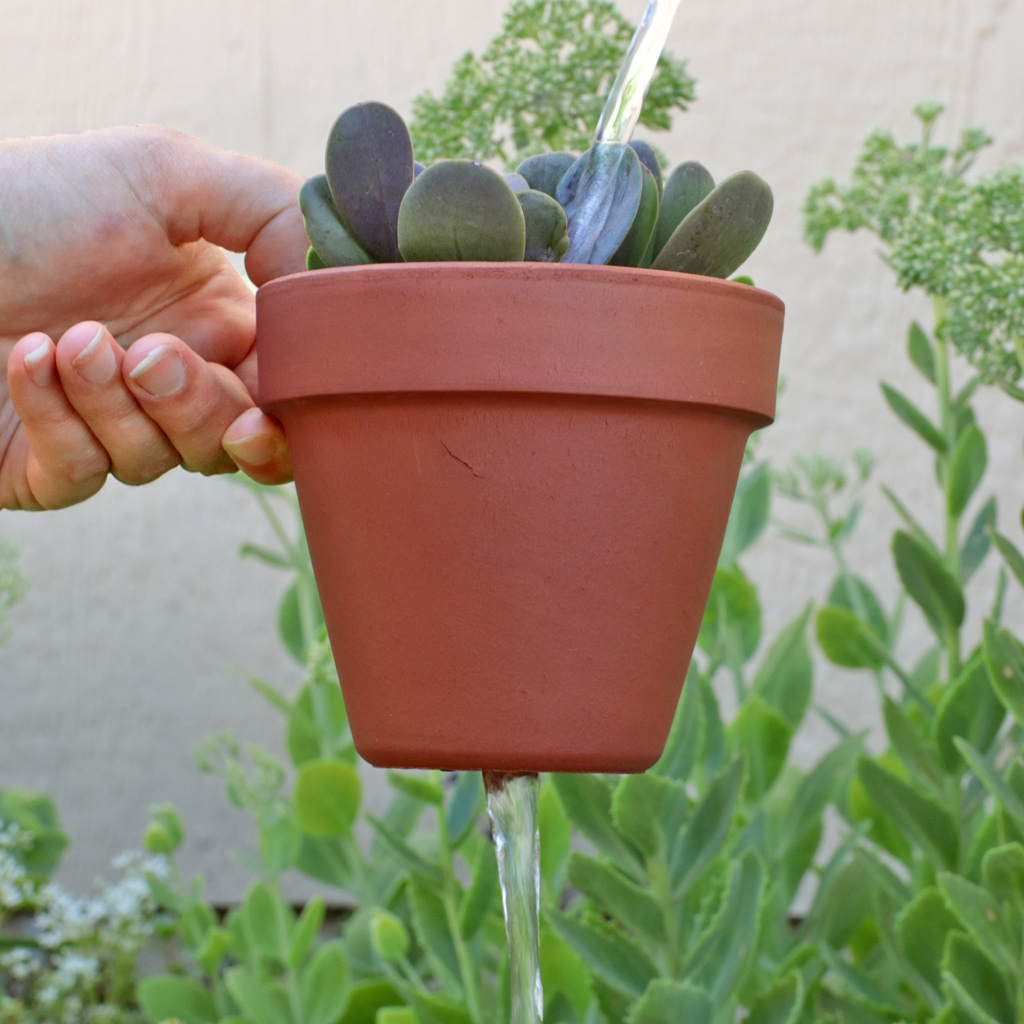 |
| Just try to over-water Bonsai Jack soil |
True, mixing your own succulent soil is a little more involved. But, it's a great way to save money and get the perfect soil blend for your particular varieties and growing conditions. Think of this as a general, all-purpose recipe. It will work indoors or outdoors, in containers or in the ground, and can be adapted based on your environment and the materials available.
To make a balanced succulent soil, mix one part organic materials from the left column with two parts mineral materials from the right. You can pick one from each side or mix and match multiple ingredients. Just be sure the total volume is 1/3 organic matter and 2/3 mineral materials.
A couple notes on some of the soil options listed:
Potting Soil
There are seemingly endless varieties of potting soil on the market. Check the ingredients so you know exactly what you're getting and whether it contributes to moisture retention or drainage. Avoid peat-based potting mixes (more on that below).
Sand
For a well-draining soil, it's important to use a coarse grit like builder's sand. Additionally, do not use beach sand as it can desiccate succulents with salt.
Perlite
This natural, volcanic glass makes a soil light and airy. Just don't confused it with vermiculite, which retains moisture instead of draining it.
Gravel
Look for particle sizes between 1/8" and ¼" in diameter. Rinsing removes fine dust particles that can clog soil pores and reduce drainage. Gravel should be mixed into your soil, not layered at the bottom of a non-draining pot where it can lead to rot.
Other Mineral Possibilities
Diotamaceous earth, chicken grit, decomposed granite, and non-soluble cat litter or oil dry (both are calcined moler clay) can be substituted in equal volumes.
OUTDOOR SOIL FOR SUCCULENT LANDSCAPING
Soil requirements for succulents planted in the ground are less strict than those for container plantings. Ideally, even landscape succulents would be in a gritty, sandy loam with a gravel mulch. The nature of outdoor conditions, however, means you can get away with a less than perfectly draining soil.
The main reason is that outdoor plants are in a greater volume of soil and get more sunlight and airflow than indoor plants. This draws water out of the soil through evaporation, helping them dry faster, and reducing the incidence of rot and disease.
The easiest way to improve drainage without changing the soil structure is by mounding it into berms or raised beds. By building a sloping topography, you increase the surface area exposed to sun and wind and let gravity do some of the drainage work. It also adds visual interest. For more details on the process, check out our guide How to Build a Rock Garden.
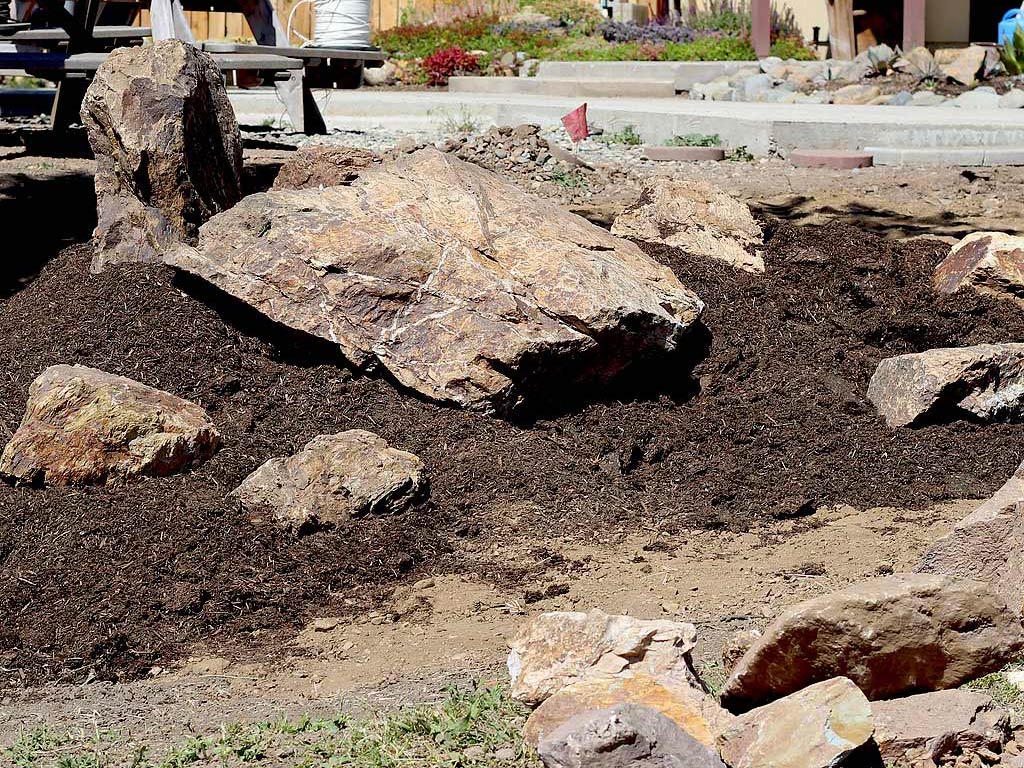 |
| Mounding soil into berms helps it drain faster and adds levels to a rock garden |
Most raised, outdoor soils can support succulents if watered at the correct frequency (see Watering Succulents: A Complete Guide). The one exception is heavy clay soils. Clay easily saturates with standing water and is not recommended for succulent cultivation. It takes massive quantities of sand to amend clay soil. Often, it's easier to pick a different location for your succulents or grow them in containers.
PEAT MOSS VERSUS COCONUT COIR
Succulents from Mountain Crest Gardens are never grown in peat, nor do we recommend it. We use a medium of coconut coir (pronounced COY-er), sometimes with added perlite. This mix is tailored to young plants in greenhouse conditions, and it can work for outdoor succulents in hot climates. Indoor growers, however, should use about one part coir for every two parts mineral ingredients.
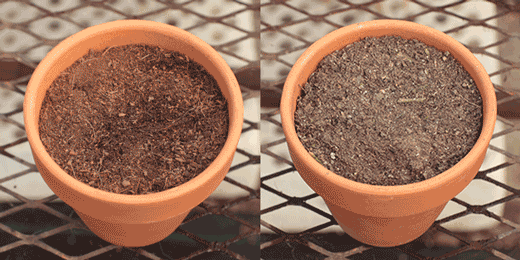 |
| Watering coconut coir (left) and hydrophobic peat moss (right) |
Why not use peat moss in succulent soil? Peat becomes hydrophobic when dry, meaning that it repels water. It takes gradual soaking to rehydrate dry peat and fully saturate the soil. Since succulents need to completely dry between each watering, it is difficult to quickly drench the roots of a succulent grown in peat.
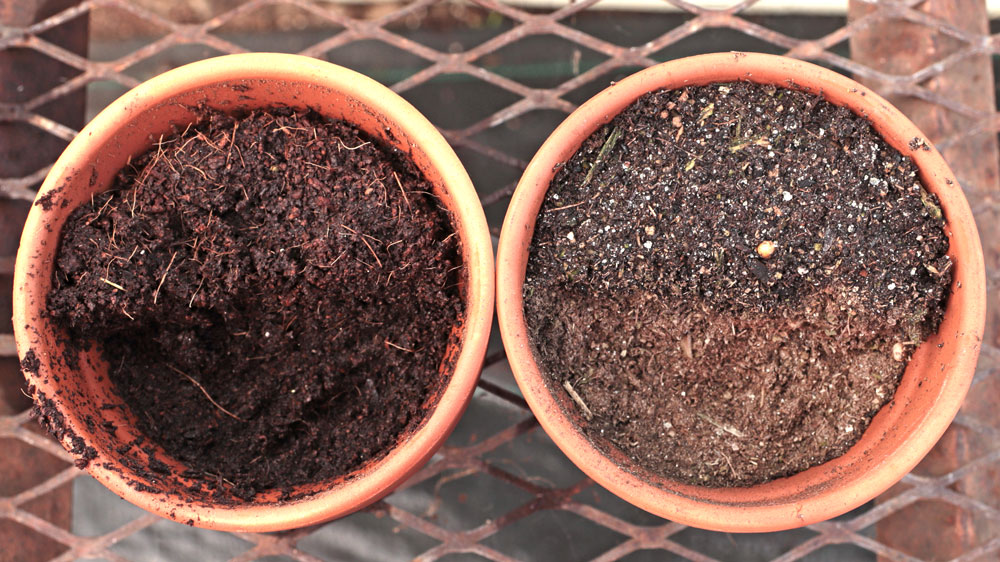 |
| When watering dry coconut coir (left) and peat moss (right), water soaks into the coir but runs off the hydrophobic peat |
On top of being poorly suited to a succulent's watering regimen, peat is a less sustainable option than coconut coir. Peat is harvested from wetlands of Sphagnum moss that slowly decompose over hundreds to thousands of years. Peat does not develop quickly and the destruction of peat bogs is a loss of a major global carbon sink.
Coir, on the other hand, is the fibrous byproduct left over after husking coconuts. Coconuts regenerate far faster than peat bogs, so coir is a more sustainable product and puts to use the massive quantities of what would otherwise be a waste product. For even more reasons to choose coir over peat, check out "Coir is Sustainable Alternative to Peat" (Oregon State University).
Is Coir Right for You?
While coir is an ideal choice for young plants in a nursery setting, it isn't perfect for all situations. Because it's light and stores a lot of moisture, it can be a decent choice for succulents growing outdoors in hot climates. To improve coir drainage for indoor growing or humid climates, we recommend amending with coarse sand or perlite. A 2:1 mineral to coir soil has a drying time close to that of Miracle-Gro Cactus, Palm & Succulent Potting Mix.
CONCLUSION
There is no one perfect succulent soil and most can be adapted to suit a variety of growing conditions. A few differences stood out in our comparison of commonly available succulent soils.
| SOIL | DRAINAGE | APPROX. PRICE (8 QT.) |
|
Potting Soil |
B | $5.18 |
|
Black Gold |
C | $5.99 |
|
Miracle-Gro |
B | $4.68 |
|
Bonsai Jack |
A+ | $29.49 |
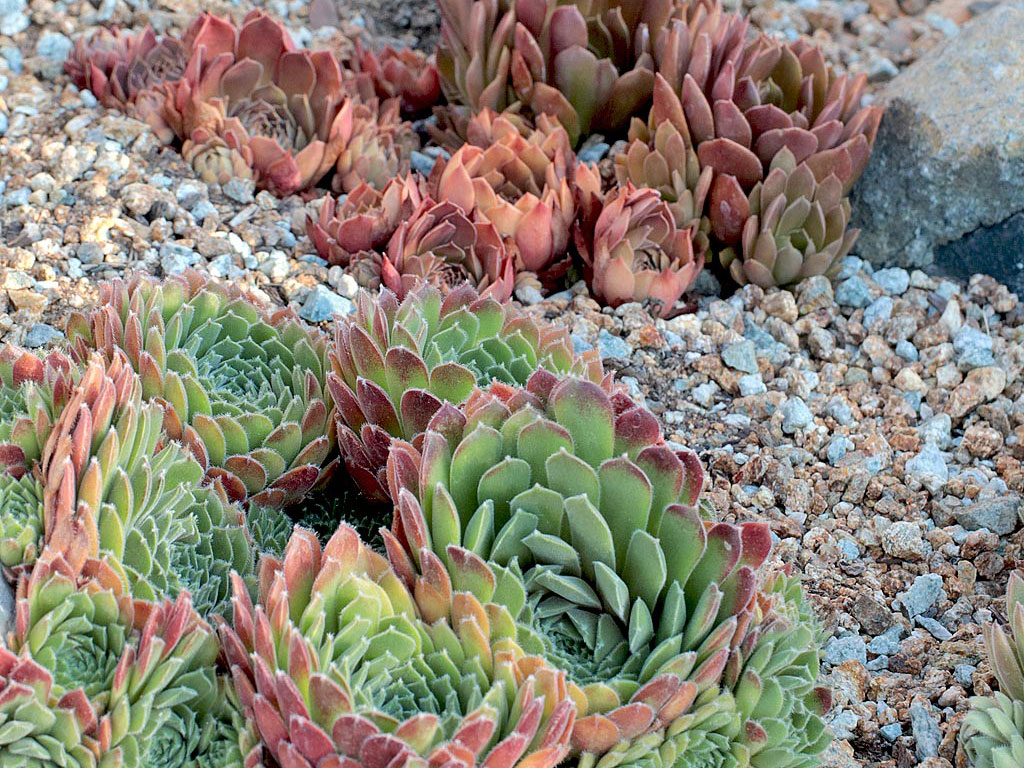 |
| Sempervivum 'Quintessence' and S. 'Pacific Shadows' in a well-draining rock garden soil |
Don't feel like getting into the nitty gritty of succulent soil? Keep it simple by using a gritty, well-draining soil that is at least 50% mineral materials by volume. Pay attention to the amount of time it takes the soil to dry after a thorough drenching and adjust the mineral to organic ratio as necessary. And because soil is only part of the succulent care puzzle, we highly recommend reading through the following guides and filling in all the gaps:

